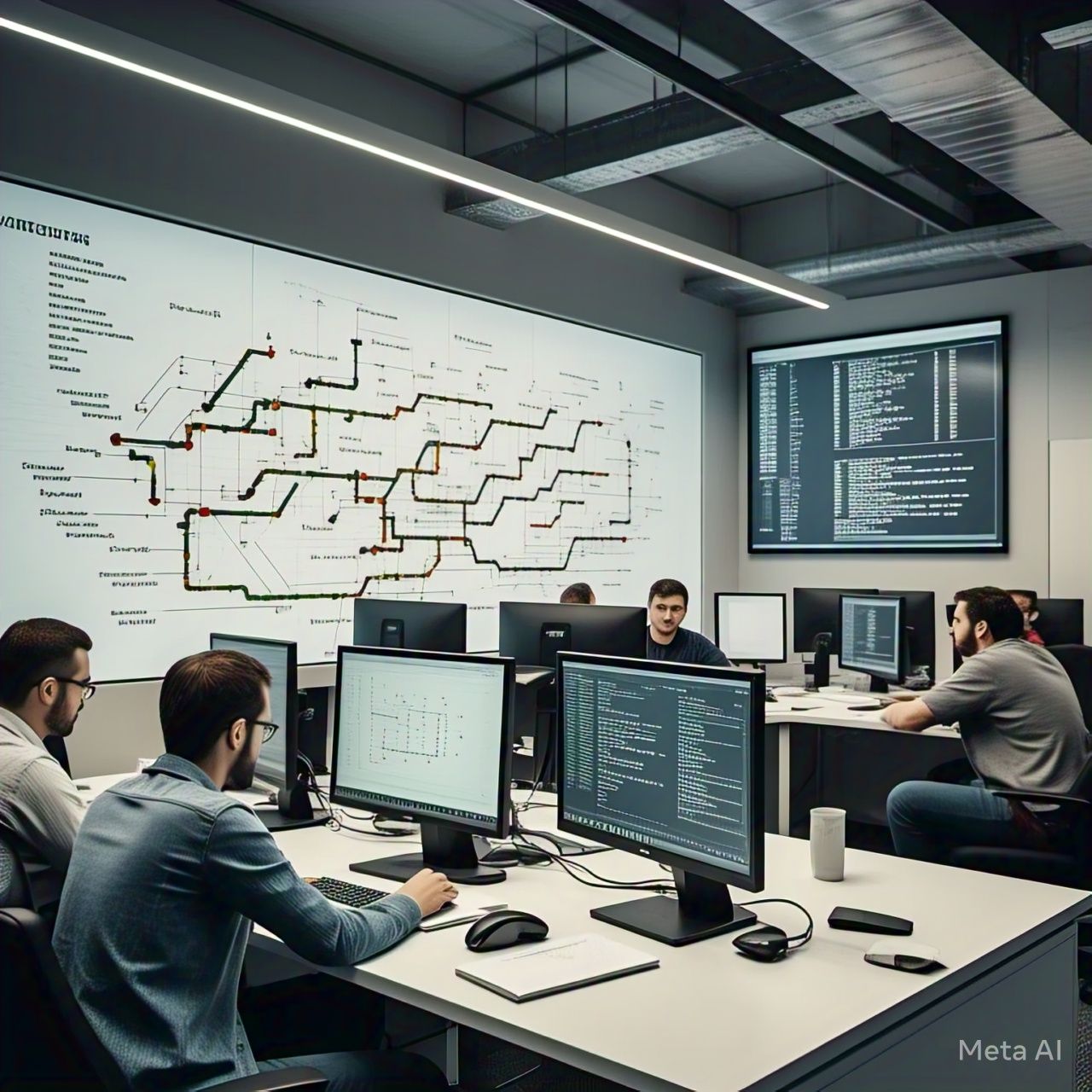Introduction
Artificial Intelligence (AI) has traditionally been associated with large-scale models that require massive computational resources. However, there is a growing shift towards lightweight AI models—smaller, faster, and more efficient solutions capable of delivering high performance with minimal resource consumption. This transformation is driven by the need for real-time processing, reduced energy consumption, and accessibility on a wider range of devices.
Why AI is Moving Towards Smaller Models
1. Efficiency and Speed
Large AI models require significant processing power, making them unsuitable for applications that demand real-time performance. Lightweight AI models optimize computational efficiency, enabling rapid inference and low-latency responses.
2. Lower Energy Consumption
Training and running large AI models contribute to high energy consumption and carbon emissions. Compact AI models minimize power usage, making AI more sustainable and eco-friendly.
3. Edge and Mobile AI
The rise of edge computing has fueled the need for smaller AI models that can operate on mobile devices, IoT gadgets, and embedded systems without relying on cloud-based servers.
4. Cost Reduction
Deploying and maintaining large-scale AI models require expensive hardware and infrastructure. Smaller models reduce costs by functioning efficiently on consumer-grade hardware and low-power devices.
Key Techniques for Building Lightweight AI Models
1. Model Pruning
Pruning removes unnecessary weights and connections in neural networks, reducing model complexity while maintaining accuracy.
2. Quantization
By converting high-precision model parameters into lower-bit representations, quantization reduces memory usage and improves efficiency without significantly affecting performance.
3. Knowledge Distillation
A smaller model (student) is trained using a larger pre-trained model (teacher) to replicate its performance with fewer parameters and lower computational requirements.
4. Neural Architecture Search (NAS)
Automated techniques like NAS optimize model design by finding the most efficient network architecture tailored to specific hardware and applications.
Applications of Lightweight AI Models
1. Smartphones and Wearable Devices
Features like voice assistants, facial recognition, and health tracking rely on lightweight AI models to operate efficiently on limited hardware.
2. Autonomous Systems
Self-driving cars, drones, and robotics leverage compact AI models for real-time decision-making without cloud dependencies.
3. Healthcare AI
Portable medical devices use small AI models to analyze patient data, detect diseases, and assist in diagnostics with minimal computing power.
4. Industrial Automation
Manufacturing and predictive maintenance systems benefit from smaller AI models for on-premise decision-making, reducing reliance on external servers.
The Future of Lightweight AI Models
The shift towards lightweight AI models is expected to continue, with advancements in:
- More efficient deep learning architectures to enhance performance without increasing complexity.
- Hybrid AI approaches combining local processing with cloud-based intelligence.
- Adaptive AI models that dynamically adjust size and complexity based on available resources.
Conclusion
The transition from large AI models to lightweight alternatives is revolutionizing the AI landscape. By improving efficiency, reducing costs, and enabling AI to function on diverse hardware, smaller AI models are making intelligent computing more accessible and sustainable. As technology advances, lightweight AI will play a critical role in powering the next generation of smart applications across industries.




